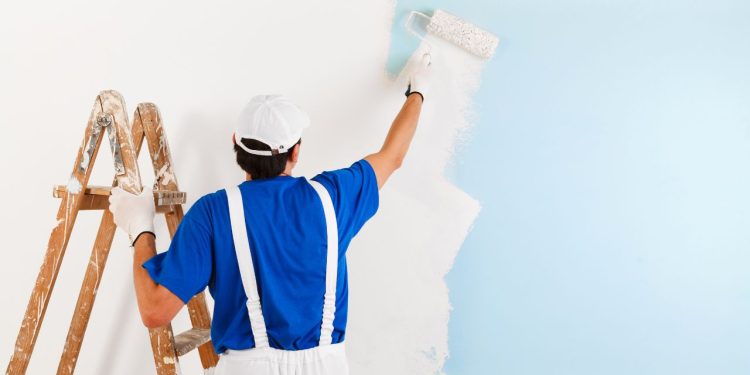The painting industry has traditionally been associated with significant environmental concerns, including high levels of volatile organic compounds (VOCs), extensive water usage, and hazardous waste generation. As environmental sustainability becomes a priority globally, there is a pressing need to revolutionize painting technologies and practices. The challenge lies in developing and implementing solutions that not only reduce the ecological footprint of painting projects but also meet the high-performance standards required by consumers.
The Solution: Integrating Advanced Technologies with Sustainable Practices in Painting
Imagine a world where painting projects deliver impeccable finishes without compromising the health of our planet. This vision is becoming a reality as the industry embraces cutting-edge technologies and sustainable practices that transform both the process and the impact of painting.
Advancements in Painting Technologies
- Low-VOC and Zero-VOC Formulas: Innovative formulations have significantly reduced the harmful emissions traditionally associated with paint. These eco-friendly paints provide excellent coverage and durability without the associated health and environmental risks.
- Water-Based Technologies: Advances in water-based paint technologies offer an alternative to solvent-based options, reducing harmful emissions and improving indoor air quality without sacrificing quality.
- Biodegradable Paints: Researchers are developing biodegradable paints that break down into non-toxic components after their effective life, reducing long-term environmental impact.
- High-Solid Paints: These paints contain a higher percentage of solids and lower levels of solvents, which means they emit fewer VOCs during application and drying.
Eco-Conscious Painting Practices
- Efficient Application Techniques: New spraying technology and advanced rollers and brushes are designed for maximum efficiency and minimal waste. These tools help apply paint more uniformly, reducing overspray and the amount of paint required.
- Waste Reduction and Recycling Initiatives: Many companies now implement systems to recycle unused paints and solvents. These programs not only reduce waste but also help in repurposing materials that would otherwise contribute to environmental pollution.
- Sustainable Packaging: The shift towards using recycled or biodegradable materials for packaging paint products plays a crucial role in reducing the carbon footprint of the manufacturing process.
- Energy-Efficient Production: Paint manufacturers are investing in renewable energy sources and optimizing production lines to decrease energy consumption, further reducing the environmental impact of their operations.
The Impact on Industry and Consumers
These technological advancements and sustainable practices are reshaping the painting industry, making it more aligned with global sustainability goals. For consumers, these changes mean access to higher-quality products that are safer for both their families and the environment. For businesses, adopting these practices not only mitigates their environmental impact but also aligns them with increasing consumer demand for sustainable products, potentially leading to a competitive advantage.
Challenges and Future Directions
The main challenges include the higher upfront costs of green technologies and the need for industry-wide standards and certifications that can validate and promote eco-friendly products. Moving forward, continuous innovation and cooperation among manufacturers, government agencies, and consumers will be crucial in overcoming these hurdles.
Conclusion: Painting a Greener Future
In conclusion, the integration of advanced technologies with eco-conscious practices in the painting industry represents a significant step towards sustainability. By reducing environmental impact and enhancing product quality, the industry is not only responding to the immediate needs of the planet but also setting a standard for future innovations. As these technologies and practices evolve, they pave the way for a greener, more sustainable approach to painting that benefits everyone.



